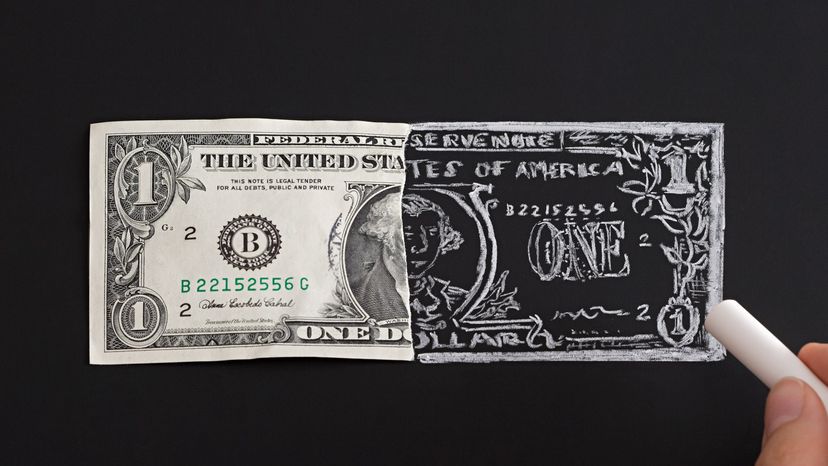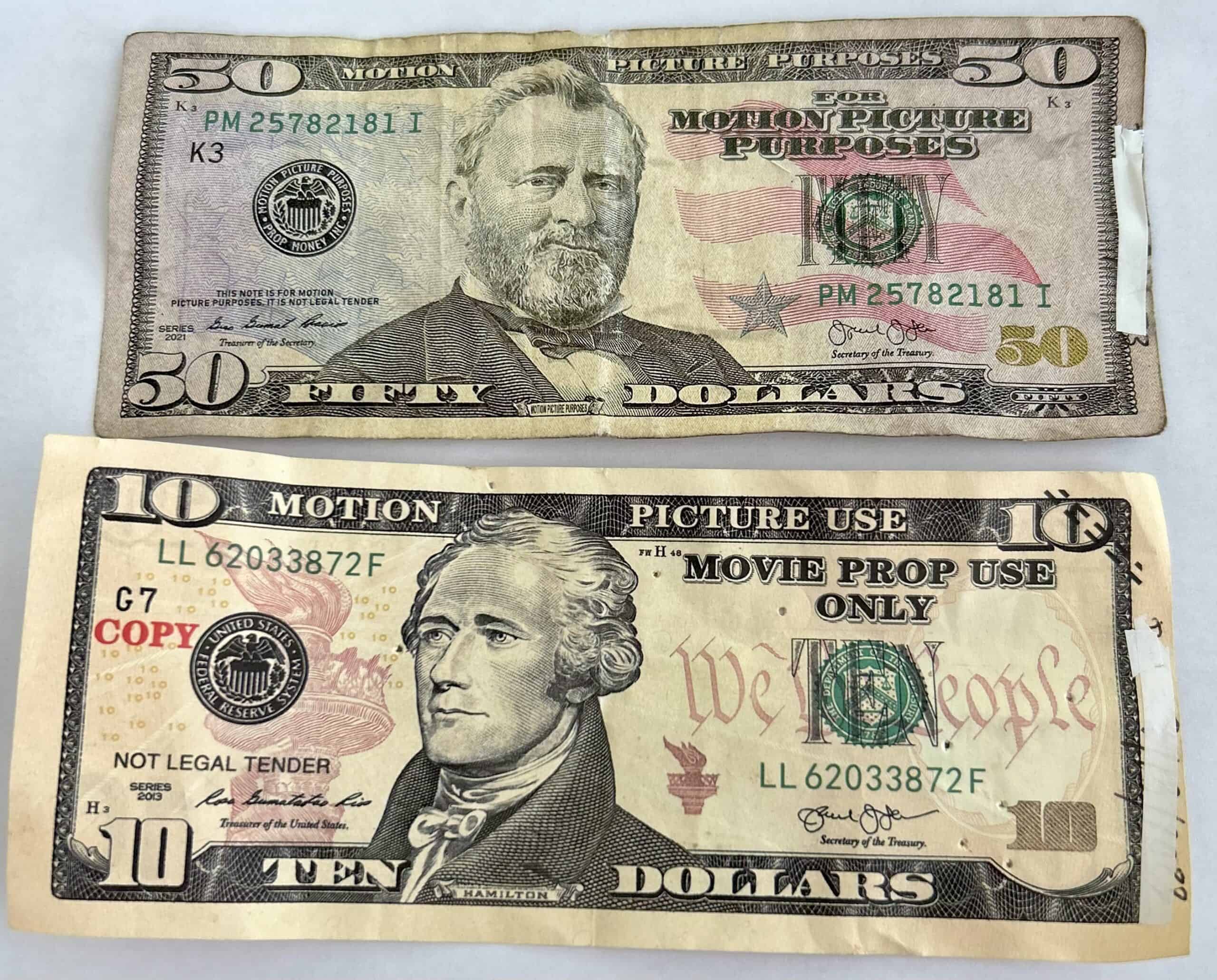Check Out making uses of Funny Money in Artistic Creations and Theatrical Performances
copyright money, commonly synonymous with deceptiveness and outrage, holds a peculiar appeal when it locates its way into the world of theatrical performances and imaginative creations. As we delve into the complex uses of copyright in these imaginative domain names, we begin to discover a globe where credibility and imitation blur, triggering us to examine the very nature of worth and depiction within art and performance.

Historic Significance of Funny Money in Art
The historical significance of funny money in art is a complicated and interesting topic that clarifies the junction of creative thinking, subversion, and socio-political discourse. Throughout background, musicians have actually used funny money as a tool for challenging social standards, examining the worth of currency, and making powerful statements concerning wide range and power.
Among one of the most significant examples of funny money in art go back to the Dada motion of the early 20th century - copyright money for sale. Musicians such as Marcel Duchamp and Hannah Höch integrated copyright into their jobs to slam the capitalist system and explore the principle of value in a rapidly transforming world
In addition, during times of economic instability or political turmoil, funny money has been used by musicians as a form of objection or rebellion. By developing and distributing copyright, artists have actually had the ability to interrupt the status, difficulty authority, and provoke important discussions about the duty of money in culture.
Impact of copyright on Visual Arts
By including phony money into their works, artists provoke conversations on the nature of worth, credibility, and social assumptions of wide range. The usage of phony cash in art additionally elevates moral factors to consider concerning the limits of imaginative expression and the implications of replicating legal tender. In general, the impact of copyright money on visual arts is multifaceted, stimulating crucial reflections on the junction of cash, art, and social values.
Meaning and Significance in Theatrical Fake Displays
Using theatrical copyright display screens, artists employ symbolic depictions to convey much deeper definitions and stimulate provocative analyses within the world of efficiency art. Via the incorporation of funny money in staged productions, designers can check out styles such as greed, power, corruption, and the impression of wide range. Making use of phony money on stage can function as an allegory for societal issues, economic differences, and the fragility of financial systems.
In theatrical efficiencies, the symbolic value of find out here funny money extends past its monetary well worth. It can represent the deceptive nature of looks, the pursuit of materialistic needs, and the repercussions of dishonest behavior. By making use of funny money as a prop, artists can test audiences to question real significance of wide range and the honest borders that individuals might cross in its quest.
Ethical Considerations in Using Funny Money for Art

One major moral consideration is the possible lawful repercussions of utilizing funny money in art. Counterfeiting currency is unlawful in the majority of nations and can lead to severe effects for artists that knowingly integrate navigate here fake expenses right into their work. copyright money for sale. This not just places the musician in danger but additionally raises questions about promoting prohibited activities via art
Additionally, there is an honest issue pertaining to the credibility of the artwork itself. Utilizing funny money obscures the line in between truth and imitation, potentially deceiving viewers and endangering the honesty of the imaginative item. Artists should think about whether using funny money straightens with their worths and creative purposes, evaluating the prospective effect on their credibility and credibility.
Future Fads in Imitation Money Integration
Considering the advancing landscape of imaginative expression, the consolidation of funny money in innovative works may witness a change in the direction of innovative and intriguing methods. As artists remain to push boundaries and discover new tools, phony money might progressively be made use of to test social norms, examine the value of money, or make powerful declarations regarding wide range and consumerism.
One future pattern in funny money assimilation might be its application in immersive art setups where target markets are motivated to interact with see here the pieces, obscuring the lines between fact and illusion. In addition, developments in technology may lead to the creation of hyper-realistic funny money that is basically identical from real currency, opening up opportunities for also more elaborate and thorough art work.
Furthermore, partnerships in between counterfeiters and artists could lead to one-of-a-kind pieces that combine standard imaginative techniques with the craftsmanship of producing funny money. Honest factors to consider bordering the validity and morality of using copyright money in art will certainly proceed to be a factor of opinion as these future fads unravel.
Verdict
In final thought, the usages of fake cash in creative productions and staged efficiencies have a long background and continue to be a resource of motivation for artists. The assimilation of copyright in art is most likely to continue evolving in the future.
On the whole, the effect of copyright money on visual arts is diverse, stimulating vital reflections on the junction of money, art, and social values.

In conclusion, the usages of imitation money in staged efficiencies and artistic developments have a lengthy background and continue to be a source of motivation for musicians. Moral considerations need to be taken right into account when using copyright cash for creative purposes. The combination of imitation cash in art is likely to proceed advancing in the future.